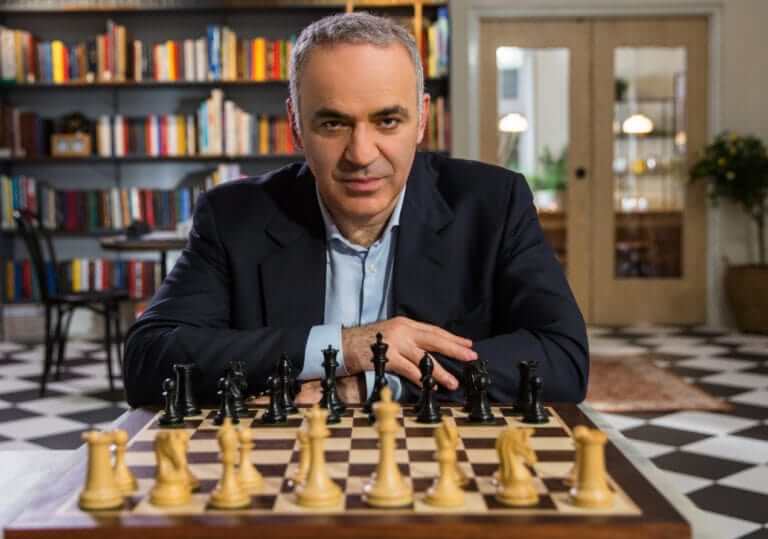Garry Kasparov – Chess MasterClass
$180 Original price was: $180.$40Current price is: $40.
Shopping Instructions:
- DISCOUNT 15% : SHOP15
- Product Delivery: Within 1 – 12 hours after purchase.
Through detailed lessons, including his favorite openings and advanced tactics, you will develop the instincts and philosophy to become a stronger player.
File size: 6.83GB
Garry Kasparov – Chess MasterClass
At age 22, Garry Kasparov became the youngest world chess champion. After beating Bobby Fischer’s peak rating, he outranked his fiercest competitors for over twenty years. Now, Garry is ready to share the chess strategy that made him a six-time world champion. Through detailed lessons, including his favorite openings and advanced tactics, you will develop the instincts and philosophy to become a stronger player.
1. Introduction
Garry’s teaching reflects his style of play: direct, dynamic, and ambitious. He shares what he will cover in this class, including concrete instruction for players at different levels.
2. Garry’s Chess Fundamentals
Learn how a World Chess Champion thinks as Garry shares the tenets of his chess philosophy.
3. Double Attacks – Part 1
The double attack is a simple concept that can often be deadly. Garry offers elegant examples to show its power—and how to defend yourself from it.
4. Double Attacks – Part 2
Garry offers an in-depth study of the double attack to help you expand your practical portfolio.
5. Skewers
Garry believes in the power of geometry. Through these positions, he shows how you can get the best out of your pieces—even the weak ones.
6. Discovered Attacks
Missing a discovered attack can have dramatic consequences. Garry’s examples reveal how even top players can overlook this surprising move.
7. Pins
Not all pins are created equal. Understanding their effectiveness means understanding the power of paralyzing your opponent’s pieces, especially in the endgame.
8. Deflection/Attraction
Defense requires harmony, and knowing how to disrupt your opponent is critical. Garry shows how to identify an opponent’s target and then find a tactical way to destroy that defensive coordination.
9. Interference
The moment an opponent’s pieces lose their ability to counter threats, you can start building your attack.
10. Overload
The most destructive form of overload is when a piece has to watch for threats coming from different directions. Garry’s examples include one move that made his opponent literally jump out of his chair.
11. Winning Trades
Trading pieces doesn’t mean simply eliminating pieces of equal value. In the endgame, it can create a decisive advantage—or save a game that appears hopeless.
12. Endgames – Part 1
In Garry’s experience, the endgame never means the end of excitement. He shows the purity and creativity of the endgame—including drama, shouldering, and zugzwang.
13. Endgames – Part 2
Garry continues his endgame lessons with pawn endgames, rook endgames, queen v. pawn—and, of course, the king’s role. While it can seem slow and weak in the middlegame, an active king is vital in the endgame.
Read more here !
Related products
Other Courses
Other Courses
Other Courses
Other Courses
Other Courses











